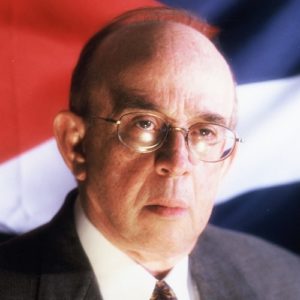Name given to Fidel Castro’s revolutionary cause, adopted from the date of his ill-fated 1953 attack on the Moncada barracks in Santiago de Cuba. He began the movement in prison, and after his 1955 release he traveled in the United States and Mexico seeking funds for it.
His forces sailed from Mexico to Oriente province in 1956 aboard the yacht Granma again hoping to defeat Batista’s forces and touch off an island-wide insurrection. The landing was intercepted and the accompanying uprising in Santiago was crushed, most of the leaders killed or imprisoned, and Castro and his surviving followers fled into the Sierra Maestra, where for three years the movement grew in prestige, strength and importance as it successfully waged a guerrilla war against Batista’s forces. The general strike that the movement’s urban underground organized on April 9, 1958, fizzled out, but did serve to illustrate the movement’s organizational strength. Its underground cells conducted bombings, sabotage, and kidnappings throughout 1958, as well as distributing propaganda that undermined the foundations of government, helping create the somber atmosphere of a civil war. Following the success of the Revolution of 1959 the movement became an integral part of the new governing body of Cuba, merging in 1961 with the Partido Socialista Popular and the Directorio Revolucionario into the Organizaciones Revolucionarias Integradas (which became Castro’s ruling organ and the forerunner of a new Partido Comunista de Cuba).








